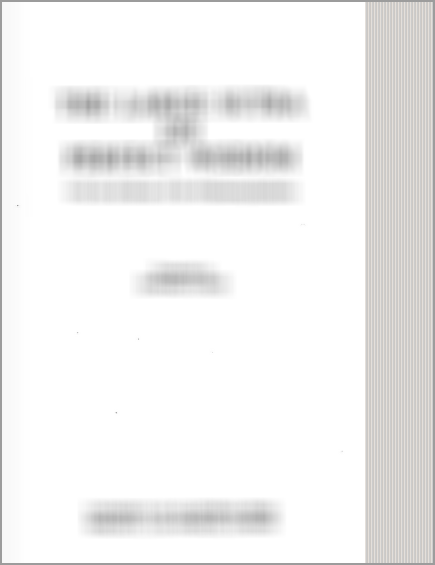Nyaya-Vaisheshika categories (Study)
by Diptimani Goswami | 2014 | 61,072 words
This page relates ‘Varieties of Abhava (Introduction)’ of the study on the Nyaya-Vaisheshika categories with special reference to the Tarkasangraha by Annambhatta. Both Nyaya and Vaisesika are schools of ancient Indian Philosophy, and accepted in their system various padarthas or objects of valid knowledge. This study investigates how the Tarkasamgraha reflects these categories in the combined Nyayavaisesika school.
Varieties of Abhāva (Introduction)
According to Annaṃbhaṭṭa abhāva has four kinds, viz.,
- prāgabhāva (antecedent non-existence),
- pradhvaṃsābhāva (destructive non-existence),
- atyantābhāva (absolute non-existence) and
- anyonyābhāva (mutual non-existence).[1]
Śivāditya also accepts four varieties of abhāva.[2]
Viśvanātha has divided abhāva into two types—
- saṃsargābhāva and
- anyonyābhāva.
Saṃsargābhāva again is of three types–
- prāgabhāva,
- dhvaṃsābhāva and
- atyantābhāva.[3]
Keśava Miśra also accepts these varieties.[4]
Footnotes and references:
[1]:
abhāvascaturvidhaḥ -prāgabhāva,pradhvaṃsābhāvaḥ, atyantābhāvaḥ, anyonyābhāvaśceti. Tarkasaṃgraha, p.6
[2]:
cf. abhāvastu prāgabhāpradhvaṃsābhāvānyonyābhāvātyantābhāvalaḳsaṇascatur-vidhaḥ. Saptapadārthī, p.18
[3]:
abhāvastu dvidhā saṃsargānyonyābhāvabhedataḥ/ prāgabhāvavastathā dhvaṃso’pyatyantābhāva eva ca// Bhāṣāpariccheda, p. 16
[4]:
cf. Tarkabhāṣā, p.522
